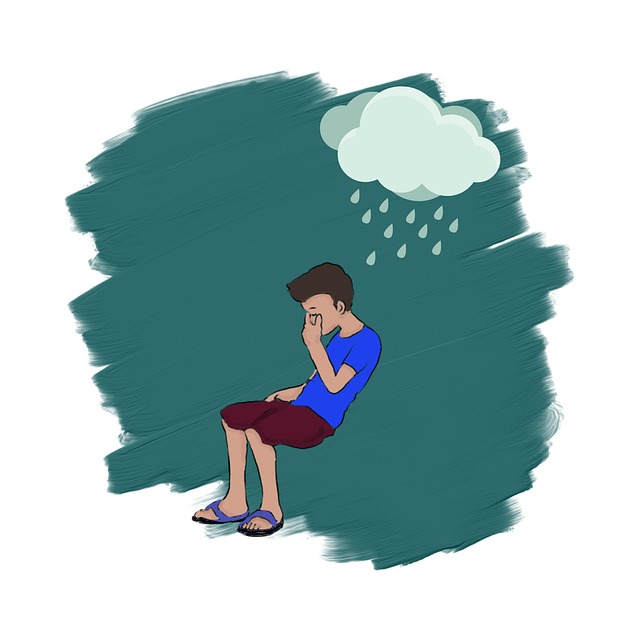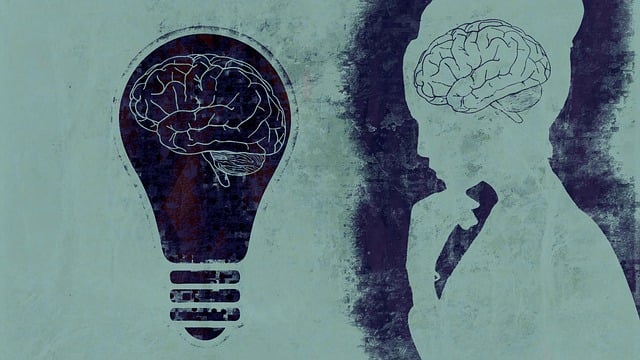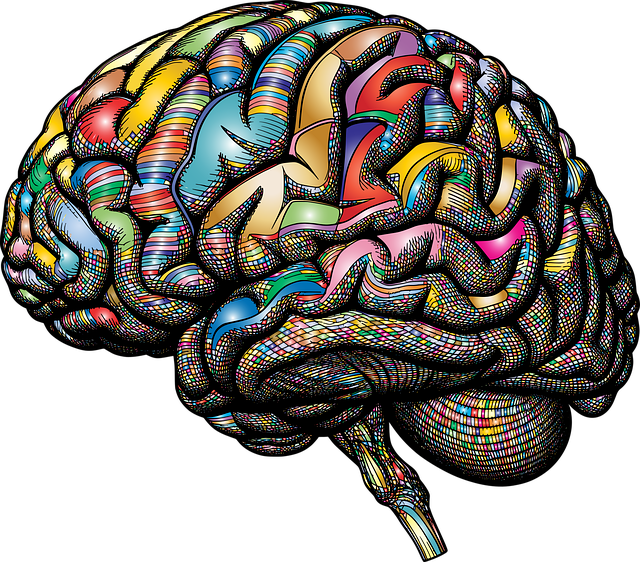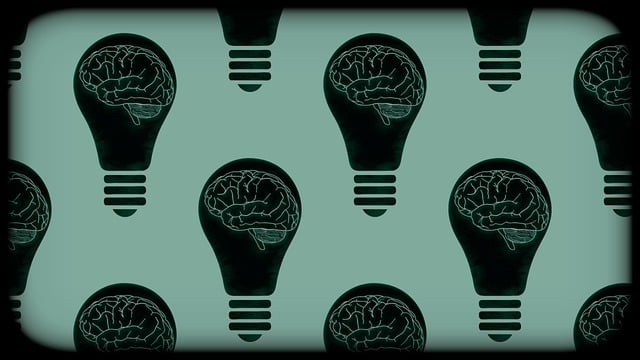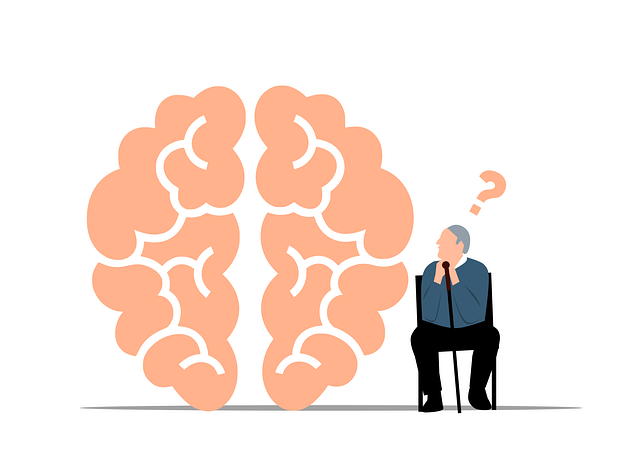In today's digital era, Lone Tree Adolescent and Teen Therapy center leads in understanding and addressing youth mental health through tailored initiatives like podcasts, social media campaigns, and community outreach. By using relatable messaging, interactive content, and high-quality visuals, they foster open conversations about trauma support and stress management among teens. Their data-driven evaluation methods ensure campaign success and guide continuous improvement in public mental wellness awareness, making therapy more accessible and approachable for the younger generation.
Public awareness campaigns play a pivotal role in shaping societal perceptions and behaviors. This article explores the intricacies of developing impactful initiatives, focusing on adolescents and teens as our target audience. We delve into understanding their unique needs and preferences, crafting compelling messages, selecting optimal media channels, designing engaging content, and measuring campaign success through evaluation methods. For tailored insights, consider Lone Tree Adolescent and Teen Therapy’s expertise in youth-centric communication strategies.
- Understanding the Target Audience: Adolescents and Teens in Society
- Crafting Compelling Messages: Strategies for Effective Communication
- Choosing the Right Channels: Media and Platform Selection
- Designing Engaging Content: Visuals, Copy, and Interactive Elements
- Measuring Impact and Success: Evaluation Methods for Public Awareness Campaigns
Understanding the Target Audience: Adolescents and Teens in Society

In today’s digital era, understanding the nuances of adolescent and teen behavior is more crucial than ever for effective public awareness campaigns. The Lone Tree Adolescent and Teen Therapy center recognizes that this demographic faces unique challenges, from peer pressure to mental health issues, which often go unnoticed or ignored. By tailoring initiatives to resonate with their specific needs, such as producing a Mental Wellness Podcast Series featuring relatable content, the center aims to foster open conversations about trauma support services and community outreach program implementations.
Adolescents and teens are not just a vague target audience; they represent a vital segment of society with distinct social dynamics. Recognizing this, Lone Tree Adolescent and Teen Therapy advocates for inclusive strategies that empower young individuals to navigate life’s challenges head-on. Through engaging content and accessible platforms, they seek to encourage peers to support one another, breaking down barriers and promoting mental wellness in communities across the board.
Crafting Compelling Messages: Strategies for Effective Communication

Creating compelling messages is a key strategy for successful public awareness campaigns, especially when targeting adolescents and teens. Lone Tree Adolescent and Teen Therapy understands this crucial aspect, focusing on clear and engaging communication to reach young minds effectively. The art of crafting these messages involves understanding the target audience’s language, interests, and concerns. By using relatable language and sharing real-life stories, therapists can break down complex emotional issues into understandable concepts, making it easier for teens to identify with and connect to the campaign.
Incorporating Mood Management and Stress Management techniques as part of these communications is essential. Emphasizing healthy coping strategies and promoting Emotional Well-being Promotion Techniques can empower teenagers to take charge of their mental health. Using creative approaches like social media campaigns, interactive workshops, or even celebrity endorsements can further engage adolescents, ensuring the message resonates with them. The goal is to make therapy and emotional well-being discussions less intimidating and more accessible to this demographic.
Choosing the Right Channels: Media and Platform Selection

When developing public awareness campaigns for issues like Lone Tree Adolescent and Teen Therapy, choosing the right channels is paramount. The media and platforms selected should align with the target audience’s demographics and behaviors. For instance, while traditional media like TV and radio can reach a wide range of people, they may not engage younger audiences as effectively. Social media platforms, on the other hand, offer direct connections to teens and provide opportunities for interactive content that fosters inner strength development and anxiety relief.
Community outreach programs implementation can further enhance campaign effectiveness. Engaging with local schools, community centers, and youth organizations allows for personalized messaging and builds trust. This strategy ensures that the campaign resonates with the target group, increasing the likelihood of positive outcomes. By combining strategic media selection with targeted community engagement, initiatives like Lone Tree Adolescent and Teen Therapy can gain traction and make a lasting impact.
Designing Engaging Content: Visuals, Copy, and Interactive Elements

Designing engaging content is a key aspect of successful public awareness campaigns. Visuals play a pivotal role in capturing attention and conveying messages effectively. At Lone Tree Adolescent and Teen Therapy, we understand the power of compelling imagery that resonates with our target audience. Incorporating high-quality graphics, such as illustrations or photographs, can make complex topics more accessible and appealing. For instance, using images of teenagers engaging in therapeutic activities can normalize conversations about mental health while promoting stress management techniques.
Copious amounts of text are often off-putting to younger audiences. Therefore, concise and creative copy tailored for adolescents is essential. Our campaigns use engaging language that speaks directly to teens, addressing issues like social skills training and mental wellness. Interactive elements further enhance participation. For example, we’ve incorporated quizzes, polls, and interactive infographics to encourage users to actively participate in learning about their mental health. This approach not only makes the content more enjoyable but also provides valuable journaling exercise guidance, fostering open dialogue around sensitive subjects.
Measuring Impact and Success: Evaluation Methods for Public Awareness Campaigns

Evaluating the impact and success of public awareness campaigns is paramount to understanding their effectiveness in raising mental health consciousness. This involves employing robust evaluation methods that go beyond simple reach metrics. By assessing changes in knowledge, attitudes, and behaviors post-campaign, organizations like Lone Tree Adolescent and Teen Therapy can gauge the depth of public engagement. This data-driven approach ensures that efforts are tailored to address specific mental wellness concerns within targeted demographics.
For instance, a well-structured Mental Wellness Podcast Series Production could serve as both an awareness tool and a means for evaluating audience response through feedback mechanisms and listener analytics. Similarly, burnout prevention strategies for healthcare providers, a key focus area in many campaigns, can be measured by tracking reductions in reported stress levels and improvements in job satisfaction over time. These evaluation methods not only validate the campaign’s success but also inform future initiatives, ensuring continuous improvement in public mental wellness awareness.
Public awareness campaigns are powerful tools to educate and inspire action, especially when tailored to adolescents and teens. By understanding their unique perspectives and leveraging the right communication strategies, media platforms, and engaging content, organizations like Lone Tree Adolescent and Teen Therapy can create impactful initiatives. Measuring success through evaluation methods ensures these campaigns not only reach but also resonate with this vital demographic, fostering positive change for a better future.

